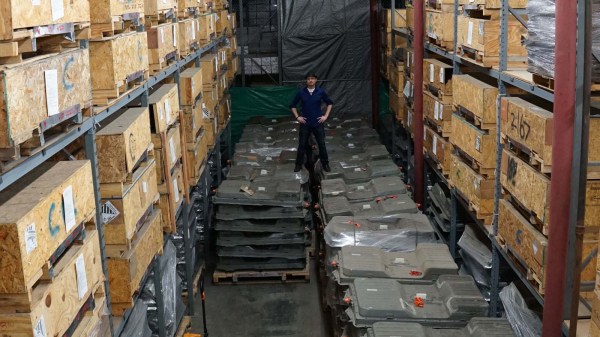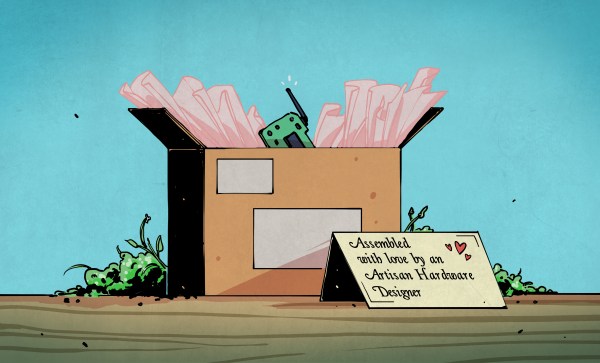Rechargeable lithium chemistry battery cells found their mass market foothold in the field of personal electronics. The technology has since matured enough to be scaled up (in both physical size and production volume) to electric cars, making long range EVs far more economical than what was possible using earlier batteries. Would the new economics also make battery reuse a profitable business? Eric Lundgren is one of those willing to make a run at it, and [Gizmodo] took a look at his latest venture.
This man is a serial entrepreneur, though his previous business idea was not successful as it involved “reusing” trademarks that were not his to use. Fortunately this new business BigBattery appears to be on far more solid legal footing, disassembling battery packs from retired electric vehicles and repacking cells for other purposes. Typically EV batteries are deemed “worn out” when their capacity drops below a certain percentage (70% is a common bar) but that reduced capacity could still be useful outside of an EV. And when battery packs are retired due to problems elsewhere in the car, or just suffering from a few bad cells, it’s possible to extract units in far better shape.
We’ve been interested in how to make the best use of rechargeable lithium batteries. Ranging from tech notes helping battery reuse, to a comparison of different types, to looking at how their end-of-life recycling will be different from lead-acid batteries. Not to mention countless project wins and fails in between. A recurring theme is the volatility of mistreated or misbehaving batteries. Seeing a number of EV battery packs stacked on pallets and shelves, presumably filled with cells of undetermined quality, fills us with unease. Like the rest of California, Chatsworth is under earthquake risk, and the town was uncomfortably close to some wildfires in 2019. Eric is quick to give assurance that employees are given regular safety training and the facility conforms to all applicable workplace safety rules. But did those rules consider warehouses packed full of high capacity lithium battery cells of unknown quality? We expect that, like the business itself, standards for safety will evolve.
Concerns on safety aside, a successful business here would mean electric vehicles have indeed given battery reuse a profitable economy of scale that tiny little cell phone and laptop batteries could not reach. We are optimistic that Eric and other like-minded people pursuing similar goals can evolve this concept into a bright spot in our otherwise woeful state of e-waste handling.












